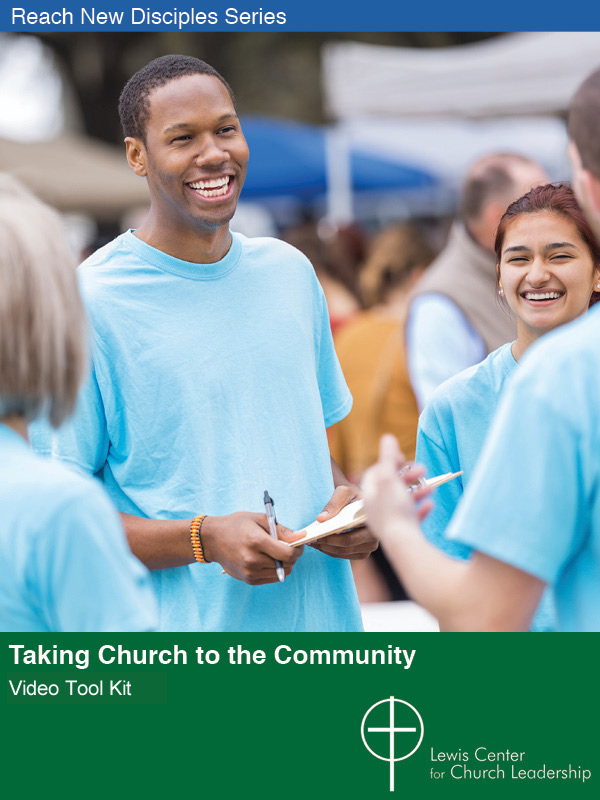The American Community Survey provides an ongoing demographic portrait of the country and is the largest survey that the Census Bureau administers other than the decennial census. The latest data come from the 2008 nationwide survey and form the basis for the State of Metropolitan America report recently issued by the Brookings Institution.
The share of U.S. households that are married couples with children under 18 years old stands at just 21 percent today—roughly half its level 40 years ago. What the report refers to as “non-family households”—mostly people living alone—grew at a rapid rate to account for more than one in three households in 2008.
As its name indicates, this report focuses primarily on metropolitan areas (regional population of 50,000 or more), where 84 percent of the U.S. population now lives. Some highlights with implications for churches include:
Households
- The share of U.S. households that are married couples with children under 18 years old stands at just 21 percent today—roughly half its level 40 years ago.
- What the report refers to as “non-family households”—mostly people living alone—grew at a rapid rate to account for more than one in three households in 2008.
Race
- Whites still account for a majority of the U.S. population at 66 percent, down from 76 percent in 1990. According to the most recent estimates, the U.S. population will become minority white in the year 2042.
- In the 2000s, immigration accounted for roughly one-third of U.S. population growth.
- The under-18 population across the 100 largest metropolitan areas reached majority non-white status by 2008.
- African American movement to the South has become substantial with the South accounting for fully 75 percent of the nation’s African American population gains from 2000 to 2008.
- Atlanta far surpassed other metropolitan areas in its African American population gain during the 2000s and replaced Chicago as home to the second largest African American population.
- At the same time, the city of Atlanta and a few other cities experienced a somewhat new phenomenon in the 2000s—a gain in the share of population that is white. Other such cities included New York, Washington, DC, San Francisco, and Boston.
Age
- There are twin patterns of aging and “young-ing” taking place.
- America’s senior population will begin to mushroom as the leading edge of the huge baby boom generation turns 65 in 2011.
- Despite the massive aging movement, a selective youth movement is also taking place in some parts of the country with fully 20 states registering gains in their under-age-18 populations from 2000 to 2008.
- There is a “cultural generation gap” characterized by the juxtaposition of a racially and ethnically diverse young population and a largely white older population.
- This gap is greatest in large metro areas where more than 50 percent of their combined child population is non-white and their over-65 population is 75 percent white.
Cities and Suburbs
- Cities and suburbs are becoming more alike.
- In the 2000s, suburban growth continued to dominate the metropolitan landscape, but the makeup of the growth was different.
- Whites still reside in the suburbs in larger numbers; however, in the first decade of the new century, for the first time a majority of all major racial and ethnic groups in metropolitan areas lived in suburbs, as did more than half of all immigrants nationwide.
- With minimal growth in their marrieds-with-children, the suburbs of metro areas are home to growing numbers of household types traditionally associated with cities.
- Nonetheless, suburbs are still the dominant location of married couples (with and without children) of all racial and ethnic groups.
- A growing share of elderly is found in suburbia, a trend that will only accelerate as the boomers—more than 70 percent of whom live in suburbs—”age in place.”
The full report is available free to download as a pdf. (As a large file, it will take a while.)
Lovett H. Weems, Jr.







